The chefs told how to properly wash vegetables and fruits
We have all been taught since childhood that we need to wash fruits and vegetables before eating. But at the same time, each family processes them differently. Some people rinse with water, others scald them, others wash them with soap, and others use special products. How to act correctly so as not to eat bacteria or viruses along with healthy food?
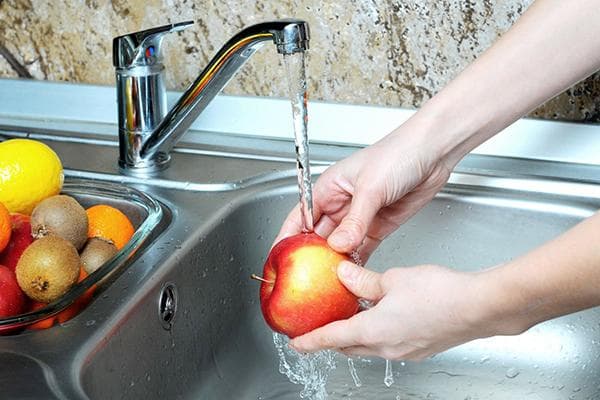
General rules
In fact, there is nothing ingenious or complicated about washing fruits and vegetables. In most cases, it is enough to use ordinary cold water, assure chefs Viktor Apasiev (chef of the Tarantino restaurant) and Artem Sergeev (chef of the Mercedes Bar).
Standard instructions:
- Sort through the fruits. Remove rotten, damaged parts, roots, leaves.
- Place small berries in a colander or a special mesh.
- Scald exotic fruits with boiling water to remove paraffin.
- Hold under running cold water. If the peel is thick, rub it with your fingers or use a brush.
- Wipe dry with a paper towel or simply let the water drain.
After washing, the fruits need to be eaten as quickly as possible: the peel is damaged from processing, and they begin to quickly disappear.
Why is processing needed?
Washing fruits and vegetables helps protect yourself from diseases: food poisoning, helminthic infestations, thrush and many others. If they were bought at the market, then it is unknown which people and with what diseases touched them.In warehouses and vegetable stores there may be rats and mice - known carriers of infections. The soil with which the fruits are covered is also dangerous: manure and sand are often used for fertilizer, almost always containing worm eggs. Fruits and vegetables are inhabited by bacteria, fungi and viruses - dysentery bacillus, salmonella, enterovirus, etc. They are also very often treated with chemicals and paraffin to increase shelf life and improve appearance.
So, you need to wash fruits and vegetables in order to:
- clean products from chemicals;
- wash away dirt and soil particles;
- remove dust;
- destroy the lion's share of bacteria and viruses.
Vegetables and fruits for salads must be processed with special care. Once cut, they are subject to fermentation processes and rapid spoilage. If there are harmful bacteria left on the peel after washing, they will begin to actively multiply in the next 2–3 hours.
Detergents
Healthy, undamaged fruits usually only need to be washed under running water. They protect themselves from bacteria. The use of special means is more of a reinsurance than a necessity. Processing vegetables and fruits with them allows for better protection against bacteria. The main thing is to choose only safe products. The use of soap and dishwashing detergent is prohibited. Aggressive detergents remain on the peel and can cause poisoning.
When consuming vegetables and fruits rich in phytoncides, the risk of contracting any disease is minimal. These include onions, horseradish, garlic, citrus fruits, apples, pomegranates and sour berries. The juice of these plants kills germs.
Store
Most commercial detergents for fruits and vegetables contain natural acids: citric, lactic, malic.They help quickly disinfect fruits and are at the same time safe for human health. After application, the compositions require rinsing off.
Top 5 best manufacturers:
- Sodasan;
- Nature Clean;
- BioMio;
- Bentley Organic;
- Mako Clean.
A large bottle costs between 250–500 rubles.
Folk
Instead of store-bought products, you can use available products - salt, soda, vinegar. They also have an antimicrobial effect and are always at hand.
- Add 1 teaspoon each of baking soda and lemon juice to a glass of water. Pour the solution into a spray bottle. The fruit is treated with it and then washed with running water after 5 minutes. The product can be stored in the refrigerator for no longer than a week.
- Add 1 part table vinegar to 3 parts water. Spray the solution onto the fruit and leave for 10 minutes. Then wash it off.
- Dissolve 4 tbsp in 1 liter of water. spoons of salt. The solution can be used to soak and wash fruits.
How to wash different vegetables?
Almost all vegetable crops enter the house with particles of earth, sand and dirt. Therefore, before preparing and eating vegetables, be sure to wash them under running water. If the mud is dry or there is too much of it, the root vegetables are soaked in plenty of water. After 10–15 minutes, the earth and sand settle to the bottom, and the vegetables are washed under the tap again.
To be sure to get rid of germs, after washing they often resort to blanching and scalding with boiling water. How to wash different vegetables:
- Cabbage. Remove damaged leaves, wash the head of cabbage under the tap, and scald with boiling water.
- Potatoes, beets, carrots. Soak in water for 15 minutes, rub, rinse under running water. After peeling the vegetables, place them in a pan of cold water.
- Parsley, dill, lettuce and other greens. Sort out and place in a large bowl of water for 15–20 minutes. Rinse with tap water and then with boiled (cooled) water.
- Radish. Soak, rinse with water, and then scald with boiling water.
- Onion. Remove the husks. Rinse the peeled onion with a stream of cold water.
- Cucumbers, tomatoes, zucchini, peppers. Wash under the tap with a brush or by hand.
If you plan to make a salad from fresh cabbage, carrots, onions, additionally blanch the vegetables - dip them in boiling water for 1-2 minutes. Before this, the heads of cabbage are cut into 4 parts. Then they are immediately filled with cold water to stop the thermal process.
Attention! Root vegetables can be kept in water for no more than 1.5 hours.
How to wash different fruits?
Fruits and vegetables are washed regardless of whether their peel is edible or not. Dirt from outside is easily transferred inside through hands or a knife.
So, how to properly process different fruits:
- Apricots, peach, kiwi and other fruits that have hairiness. Wash thoroughly with a soft brush under running water or peel.
- Cherries, sweet cherries, currants, gooseberries and other berries. Sort, leave for 5 minutes in cold water, rinse under running water and, putting in a colander, pour over boiling water.
- Pomegranates, watermelon, bananas, melons, fruits and fruits with inedible peel. Wash with a brush under the tap.
- Citrus. Pour boiling water over it, then rinse under the tap.
- Grape. Wash under plenty of running water.
The largest number of harmful microorganisms is on damaged fruits and vegetables, as well as on vegetables that grow in the ground. According to scientists, their contamination ranges from 100 thousand to 50 million microorganisms per 1 g of wet weight.
Wash your hands before eating, wash vegetables and fruits - basic hygiene rules.They help protect against many diseases and worms. In most cases, using running water is sufficient. If fruits and vegetables are very dirty, use a soft brush, soaking, scalding with boiling water, or special products. Each product has its own approach. Having studied all the intricacies, you can protect yourself and your family 100%.
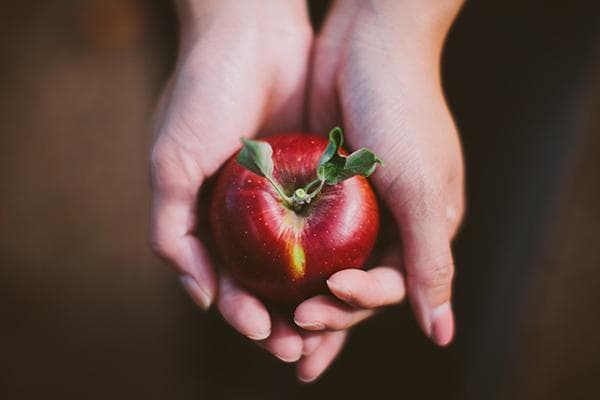
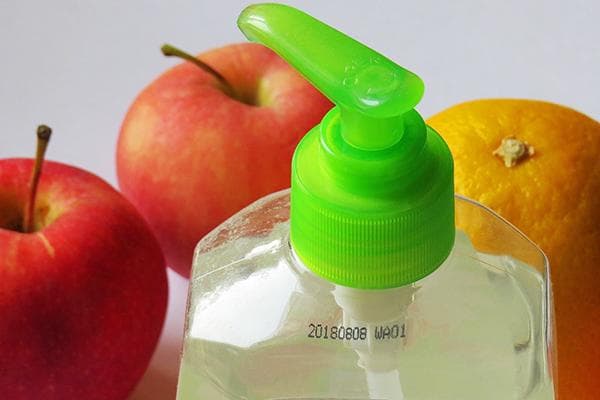
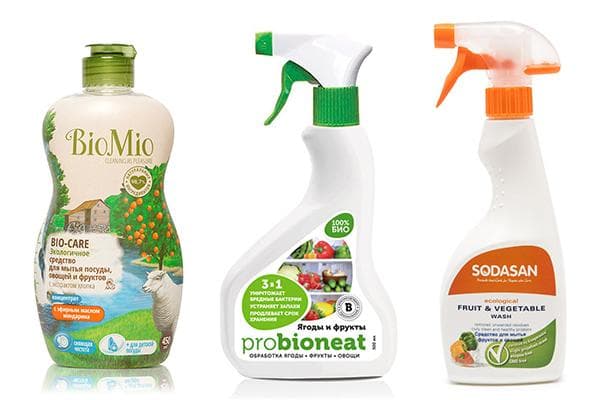
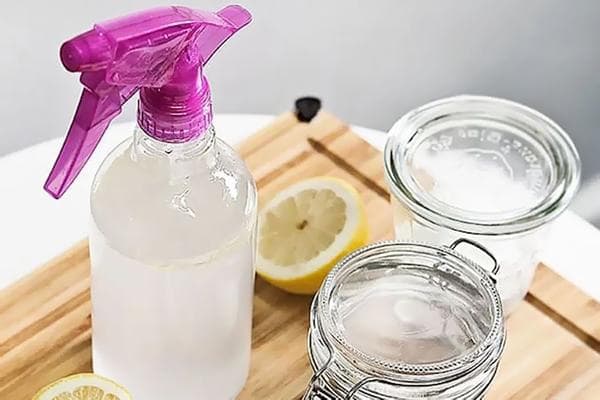
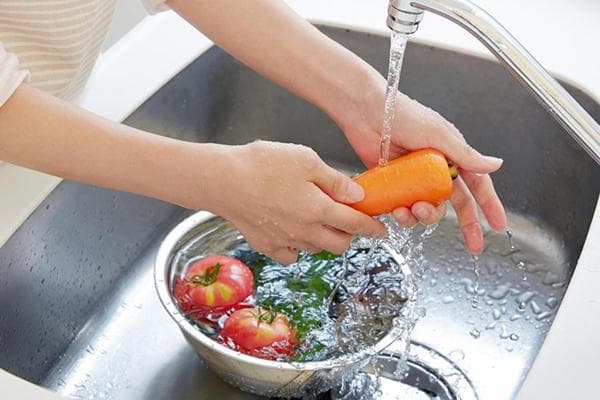
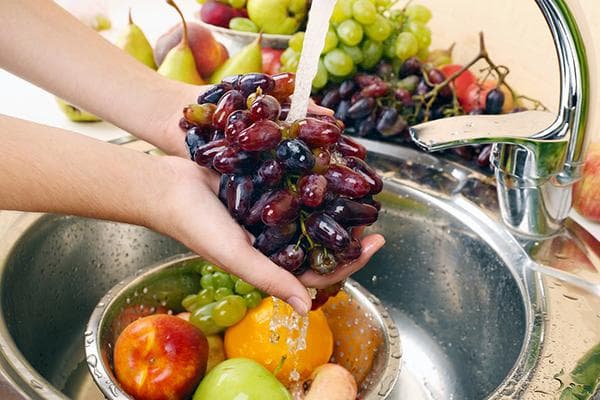
Natural smelly household soap
I wash it with a spray. All the same, the vegetables in the market are not as clean as we would like. We have a spray with soapwort, I have been buying Dr. Tuttel for the second year now. I got used to it, the main thing is that it’s not chemical, it’s from the eco-series